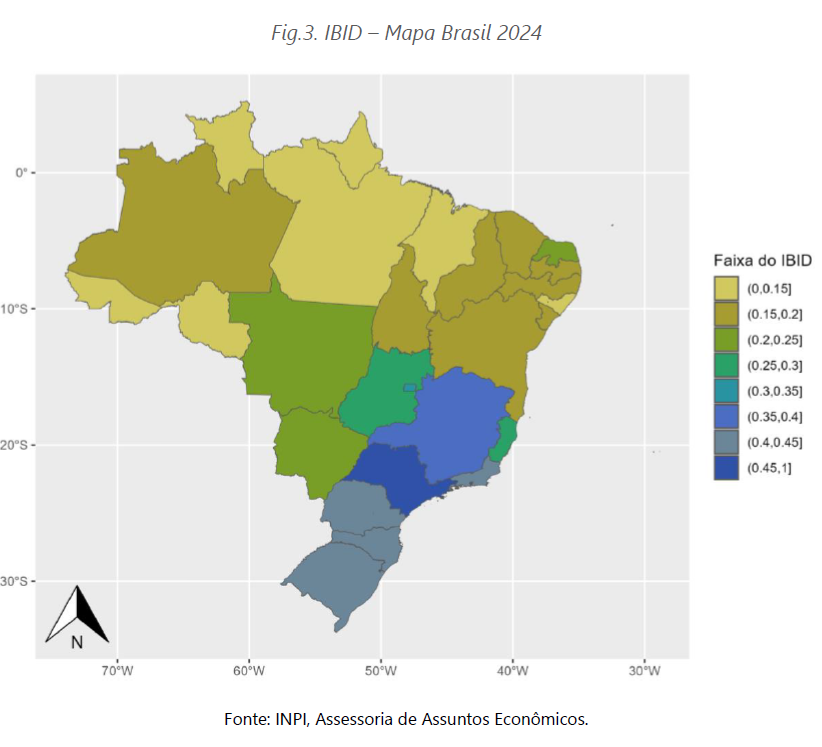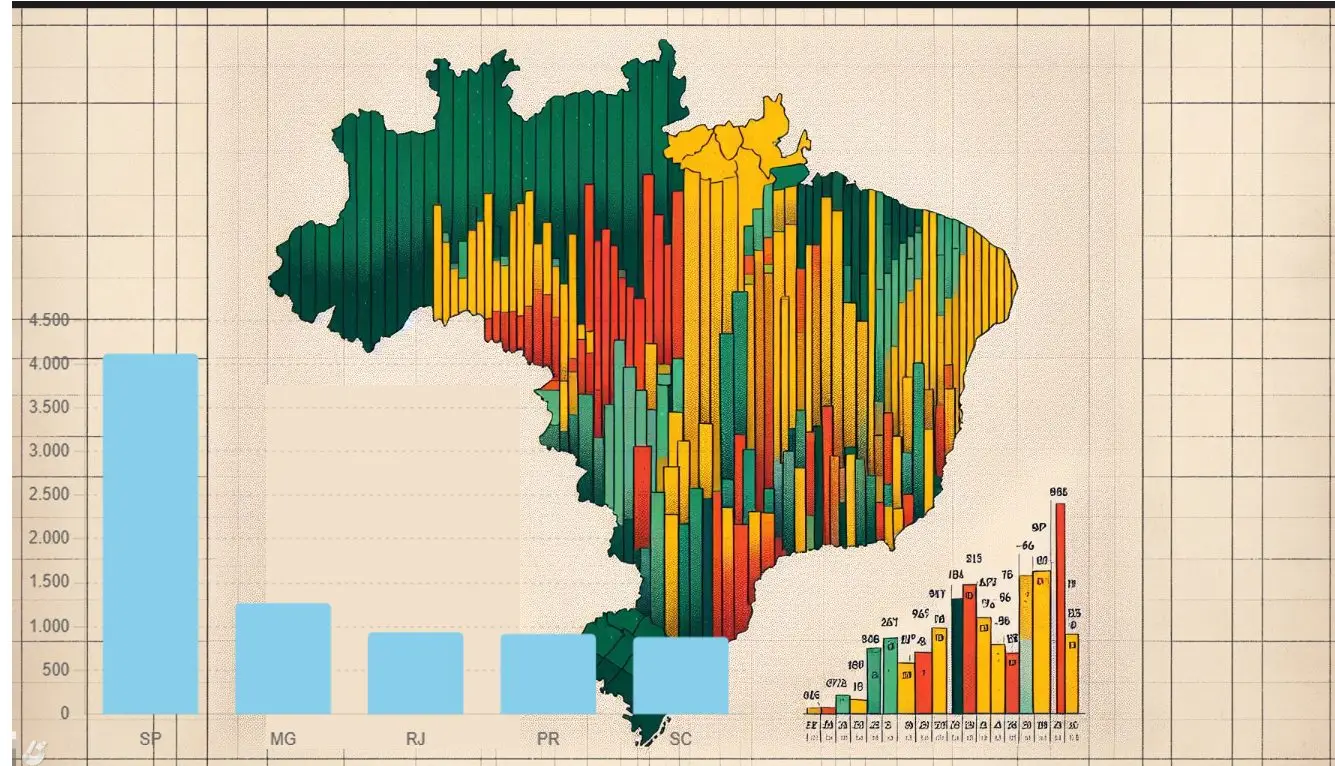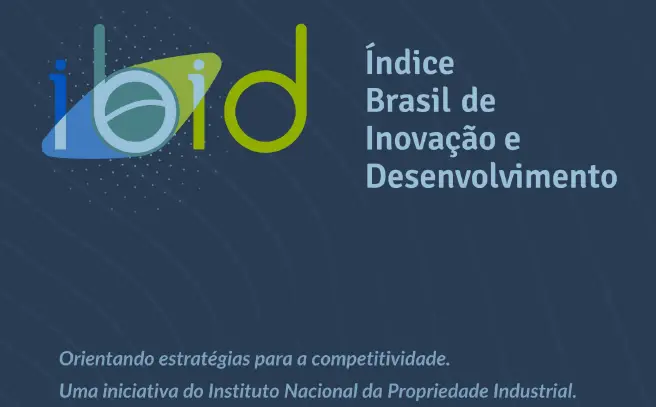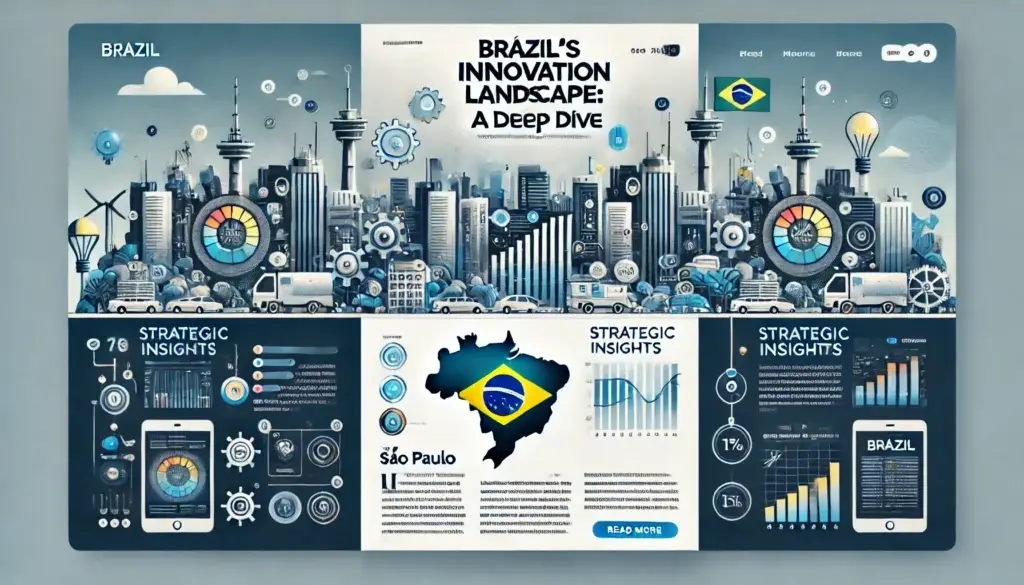The IBID: A Macro-Level Innovation Overview

The IBID assesses the innovation potential across Brazil’s five major regions and 27 federative units. Developed with the methodology of the Global Innovation Index (GII), the IBID aggregates 74 statistical indicators distributed across seven pillars: institutions, human capital, infrastructure, market sophistication, business sophistication, knowledge and technology outputs, and creative outputs.
Weekly Trademark Reports: Micro-Level Insights

Complementing the IBID, the weekly trademark filing reports from the RPI provide detailed insights into Brazil’s intellectual property landscape. These reports cover publications from RPI 2783 to RPI 2796, delving into the specifics of trademark filings, patent registrations, and sectoral trends.


